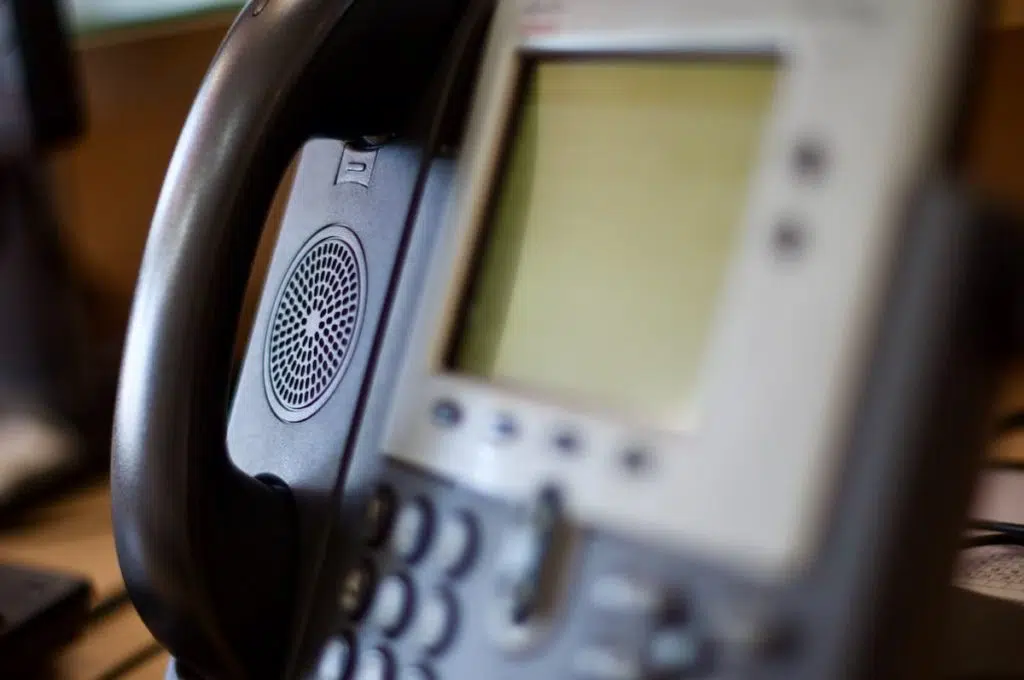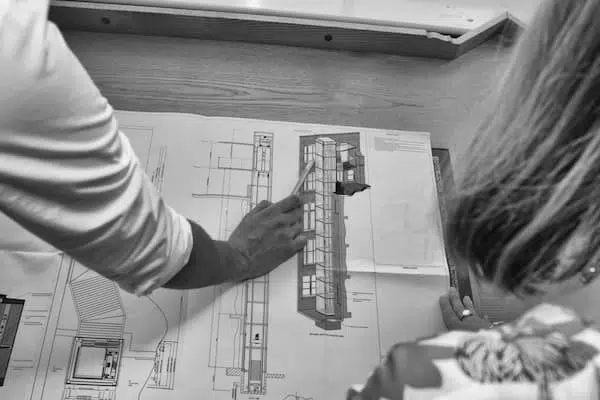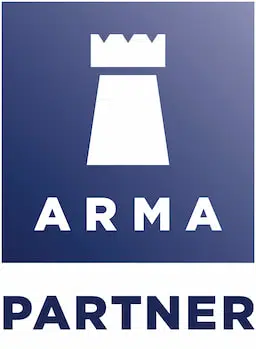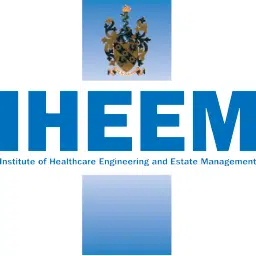
BT recently announced plans to retire all analogue Public Switched Telephone Network (PSTN) and Integrated Services Digital Network (ISDN) systems on its network by 2025. These systems were reliant on copper wiring and telephone cables that were installed in the 19th century. As networks struggle to cope with the demand placed on them in a world that is more interconnected than ever, BT plans to replace these wired systems with a new fibre optic IP technology. In addition to the impact on domestic and business landlines and fax machines, this will impact certain types of specialist equipment that don’t have SIM card capacity, such as some door entry systems, payment terminals, and CCTV. Critically, another piece of equipment that will no longer be supported following the analogue switch off is your lift’s communication device.
Since 1997, it has been a legal requirement for lifts to be equipped with a two-way means of communication. This allows passengers to communicate with a rescue service if they become trapped. When the alarm button is pressed, the auto-dialler will call for assistance, giving passengers reassurance that rescue services are on their way. These lift auto-diallers operate using the PTSN or ‘landline’ type system, although increasingly new lifts are being installed with Global System for Mobiles (GSM) type devices to eliminate the need for a fixed landline. Where GSM units are fitted, they will continue to operate as normal following the changeover, but those auto-diallers using a landline will be impacted.
In many instances, lift owners may not even become aware of the analogue switch off until their lift equipment stops working. It may appear that there is a fault with the landline, but this will likely be due to the new digital system. Much of the guidance from telecoms companies, including BT, revolves around using the opportunity to change your existing phone and other systems. Where existing systems need to be retained, they suggest using an analogue to digital converter – but this may not work for lift auto-diallers. Unlike the existing PTSN system that operates using the network’s own DC supply, the new IP systems will need to be individually powered when they enter a building, relying upon the user’s own 240V mains supply. This means that if the building power fails, the IP system may also fail, preventing the auto-dialler system from working in the event of an emergency.
If you have a guaranteed back up power supply for the building’s IP lines, then an analogue to digital converter may still be an option following the analogue switch off. However, you will need to ensure that the entire system is backed up, including individual emergency supplies for the analogue to digital converter itself, as well as any servers etc that may be on the building network. This could be difficult if there is not one individual responsible for all parts of the network.
The second option is to fit a GSM unit. GSM systems use mobile technology to communicate, avoiding the need to go through the building’s landline network and thus also avoiding the complications of any internal IP network. Some modern auto-diallers come GSM ready, even if connected to an existing landline, but for those that don’t, the retrofitting of a GSM unit is a simple process. They are usually designed with an internal emergency back up battery to allow continued operation even in the event of a power failure. And while older models would potentially be affected by unstable signal strength, modern designs can feature roaming SIM cards that allow the equipment to use the strongest signal available, irrespective of the network provider.
A GSM option may not be suitable for every lift after the analogue switch off. Obtaining any form of signal in some buildings can prove challenging, if not impossible. However, in most cases clever positioning of the aerial or GSM unit can get around these complications and allow a stable line to be achieved for the auto-dialler.
Fitting a GSM unit offers options for upgrading more than voice communications. Lift monitoring systems provide the standard auto-dialling facility for emergencies, but also use the GSM capabilities to provide real time data on the lift performance and operation for maintenance and fault diagnostic purposes, in some cases allowing maintenance providers to identify and address potential faults before they occur. In-car infotainment systems use the GSM provision to allow live information and entertainment feeds to be displayed on screens within the lift car. Both of these features are becoming widely available both as part of a new lift installation and as a retrofit to existing lifts.
If you would like to know more about the analogue switch off and how it might affect your lift communications system, speak to one of our colleagues, who will be happy to provide you with any assistance or advice you might need. Get in touch with us on 01206 399555, or book up a free consultation to see how we can help you to manage the communications system on your lift portfolio.






A Mackman Group collaboration - market research by Mackman Research | website design by Mackman